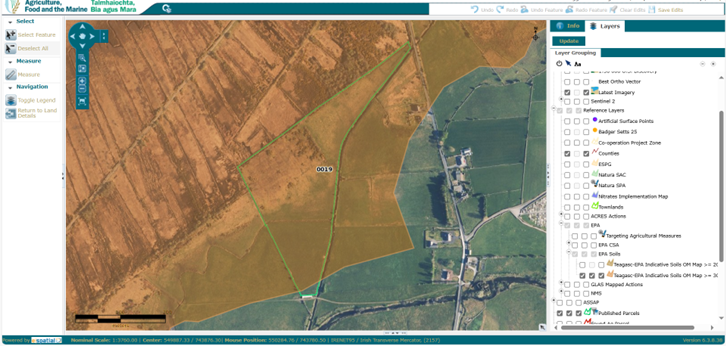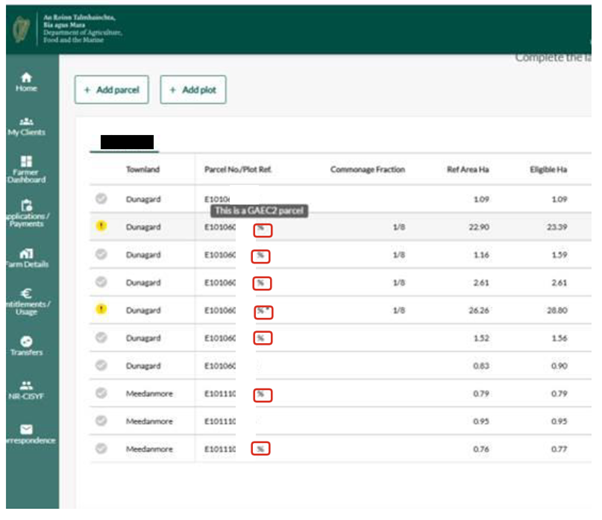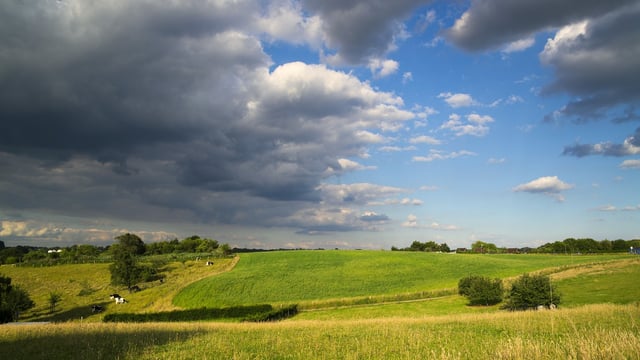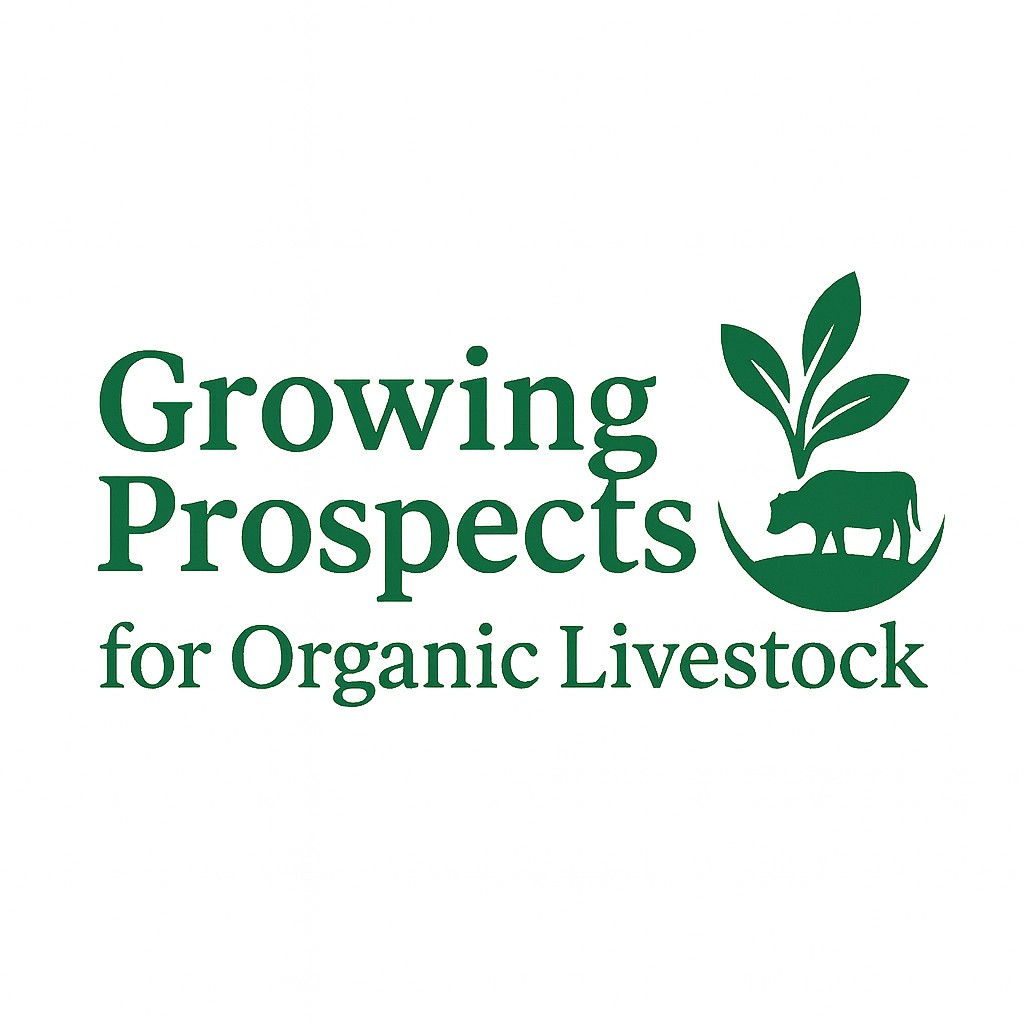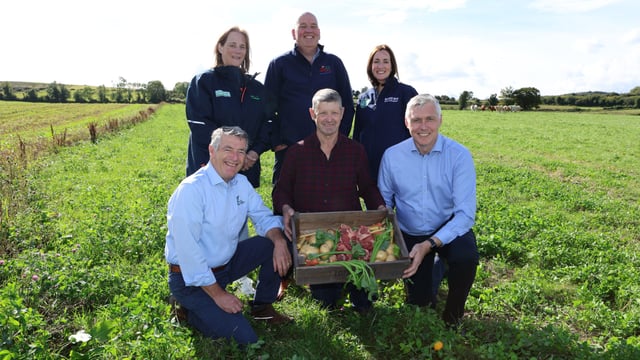GAEC 2 now in place following commission approval
The controversial standard for the protection of wetlands and peatlands under Common Agricultural Policy (CAP) conditionality is now in force, the Department of Agriculture, Food and the Marine has said.
The standard, under the good agricultural and environmental conditions (GAECs) - specifically GAEC 2 - entered into force in Ireland following final approval by the European Commission on April 30.
GAEC 2 – one of several GAEC rules that govern conditionality for payments under CAP – is described as a baseline requirement for the protection of carbon-rich soils, including peatlands and wetlands. It is a requirement for payment for the Basic Income Support for Sustainability (BISS).
However, it has caused alarm among farm organisations, who are concerned the standard will take land out of production and therefore restrict farm activity, despite assurances from Minister of Agriculture, Food and the Marine Martin Heydon that the impact will be minimal.
The department said that the standard "provides for a baseline protection for carbon rich soils, while allowing agricultural activity to continue".
"For example, 'normal' ploughing, reseeding and maintenance of existing drains is allowed. New drainage is also possible in line with the existing national planning provisions," the department said.
However, the department said that the new conditions under GAEC 2 do not supersede any obligations that a farmer already has around land parcels arising from land designation outside of CAP conditionality.
If a farmer already requires consent from the National Parks and Wildlife Service (NPWS) for activities on parcels that are now subject to GAEC 2, this remains the case.
According to the department, the on-farm GAEC 2 requirements are as follows:
- Maintenance and repair of existing drains is allowed as long as drains are not deepened, nor is there an extension of the drained area beyond what previously existed, otherwise this will be considered new drainage;
- New drainage will be subject to the planning permission requirements, "as is currently the case under national planning legislation";
- Shallow ploughing up to 30cm depth may take place annually for arable crops, but for grassland rejuvenation of permanent grassland, ploughing must not take place more frequently than once in every four years. Deep ploughing greater than 30cm depth for grassland or arable crops is not allowed.
Land parcels subject to GAEC 2 can be viewed on the department's online portal AgFood.
The department provided the below image of what farmers or advisors can expect to see on Agfood for land subject to GAEC 2:
In the 'land details' section of the BISS application system, the specific parcels subject to GAEC 2 can be checked in the 'Parcel No./Plot Ref.' column.
In this column, any parcels which are determined to be GAEC 2 parcels will have the '%' symbol displayed after the relevant parcel number (circled in red in the image below):
The department said that the standard is expected to have "minimal effect on most farmers' day to day operations".
"Our grass-based system already provides considerable protection for such soils, and they are also protected by existing national planning provisions, for example on drainage. Maintenance of existing drainage may continue on these lands, while new drainage may take place subject to national planning provisions as currently is the case," the department said.
Maintenance of existing drains includes the replacement of old drains or drains that have ceased to function over time.
Since shallow ploughing (up to 30cm), and reseeding through ploughing (one in four years) is allowed under GAEC 2, these provisions are "expected to have minimal impact, as they are considered as 'typical' practices on Irish farms".
Other reseeding methods such as discing or direct drilling can take place more frequently.
Parcels with areas of 50% or more peat soil are determined as applicable to GAEC 2. Peat soils are mapped in the Teagasc-Environmental Protection Agency (EPA) Soils and Subsoils Map.
An appeals system will be available for any farmers who believe their parcels have been misclassified as GAEC 2, but only where the farmer needs to carry out essential new drainage works or derogate from the other requirements.
In certain circumstances, it will also be possible for farmers to split a parcel into the 'peat soil' and 'non-peat soil' components. Details of the appeals process will be set out in due course, the department said.
Farmers with holdings smaller than 10ha will not be subject to specific conditionality controls, including GAEC 2.
The department is in the process of writing to farmers subject to the standard.


